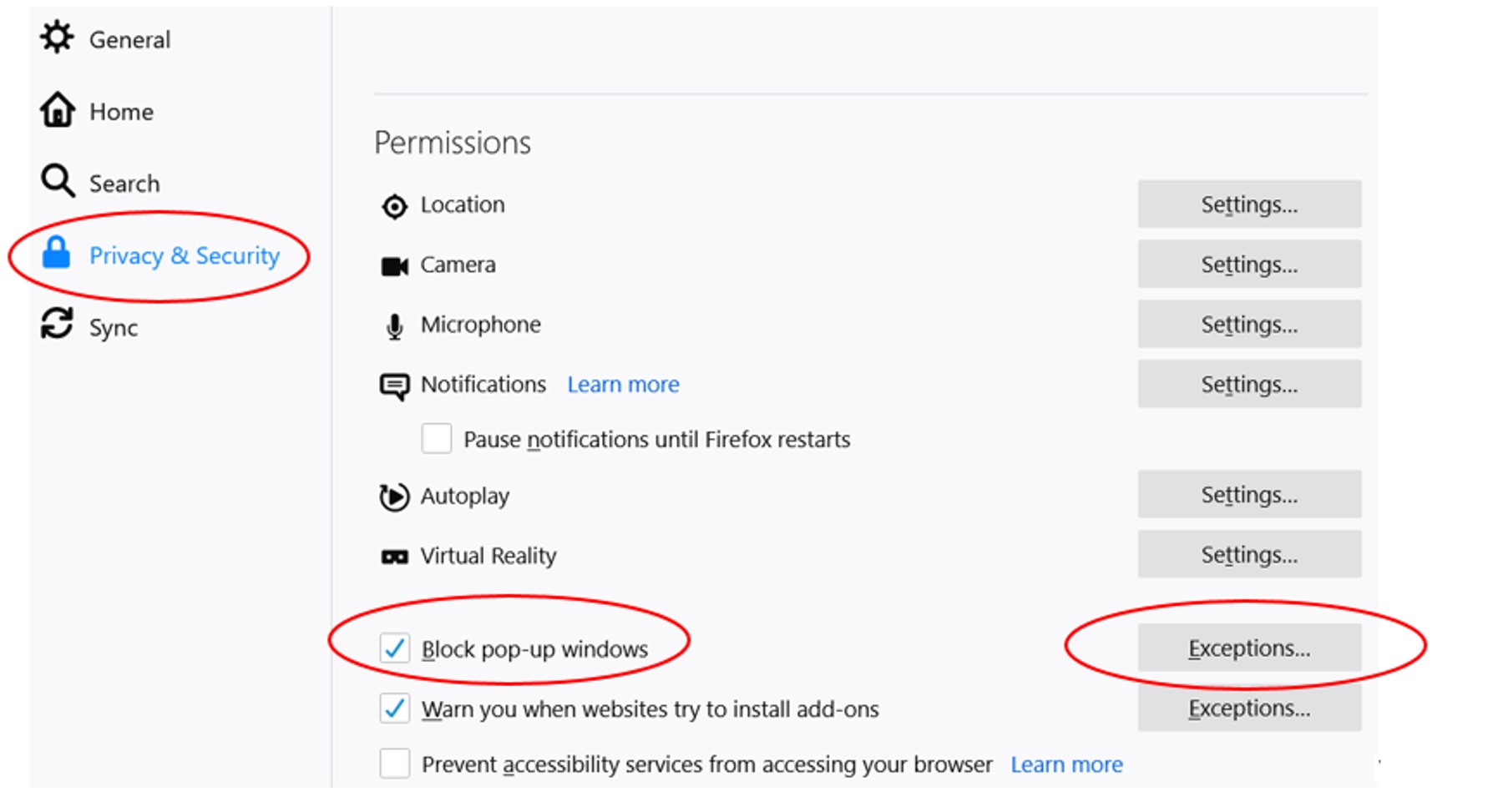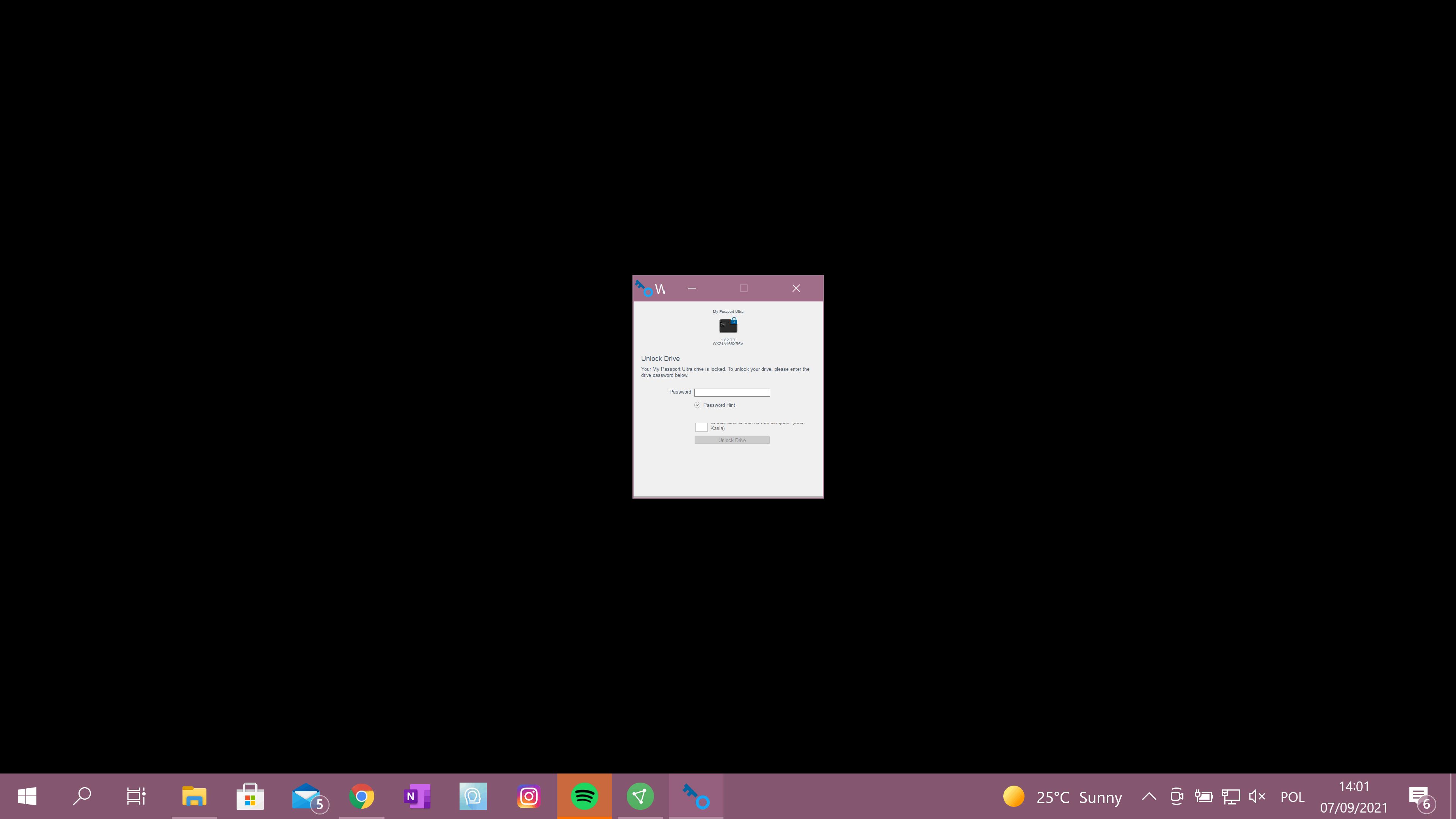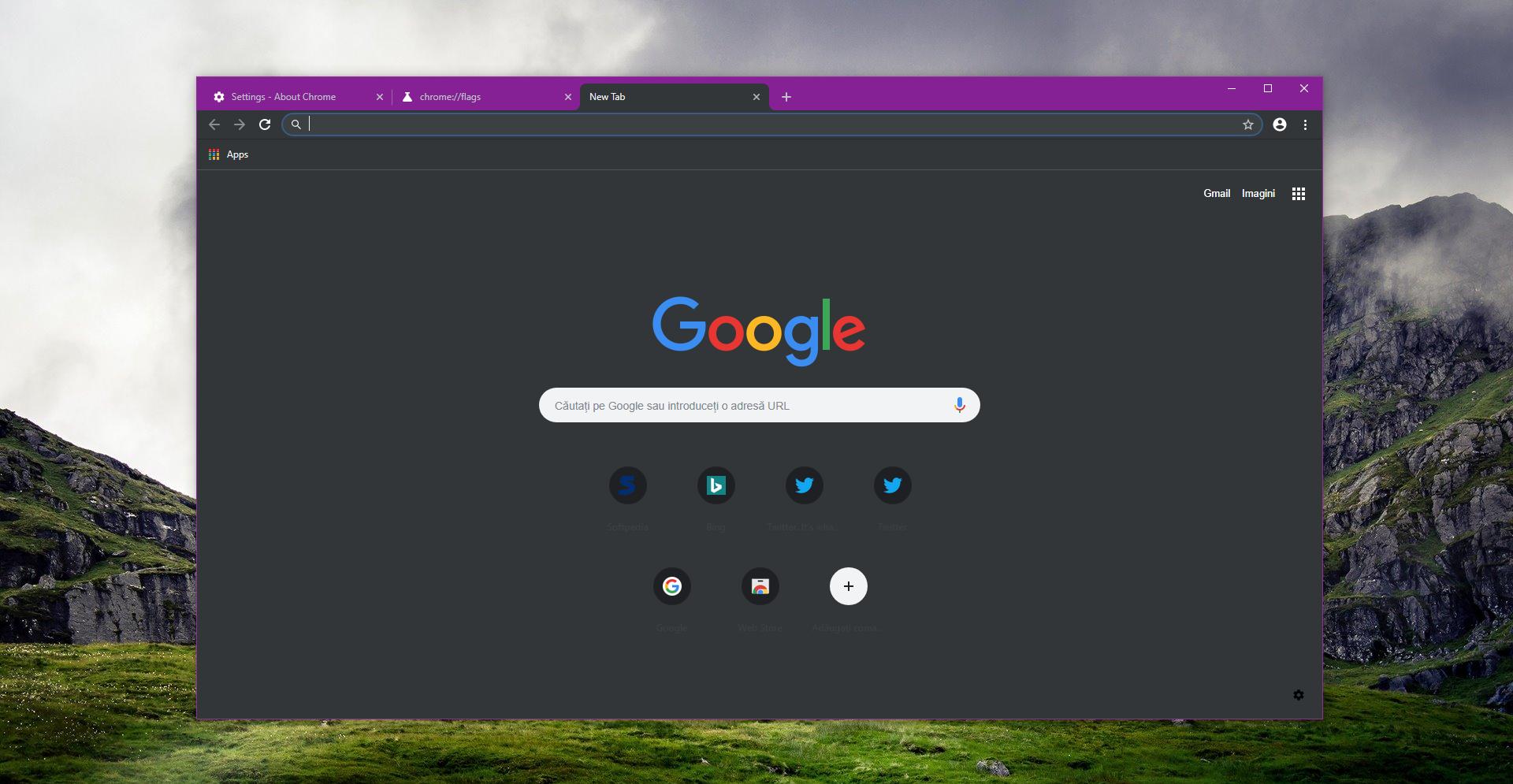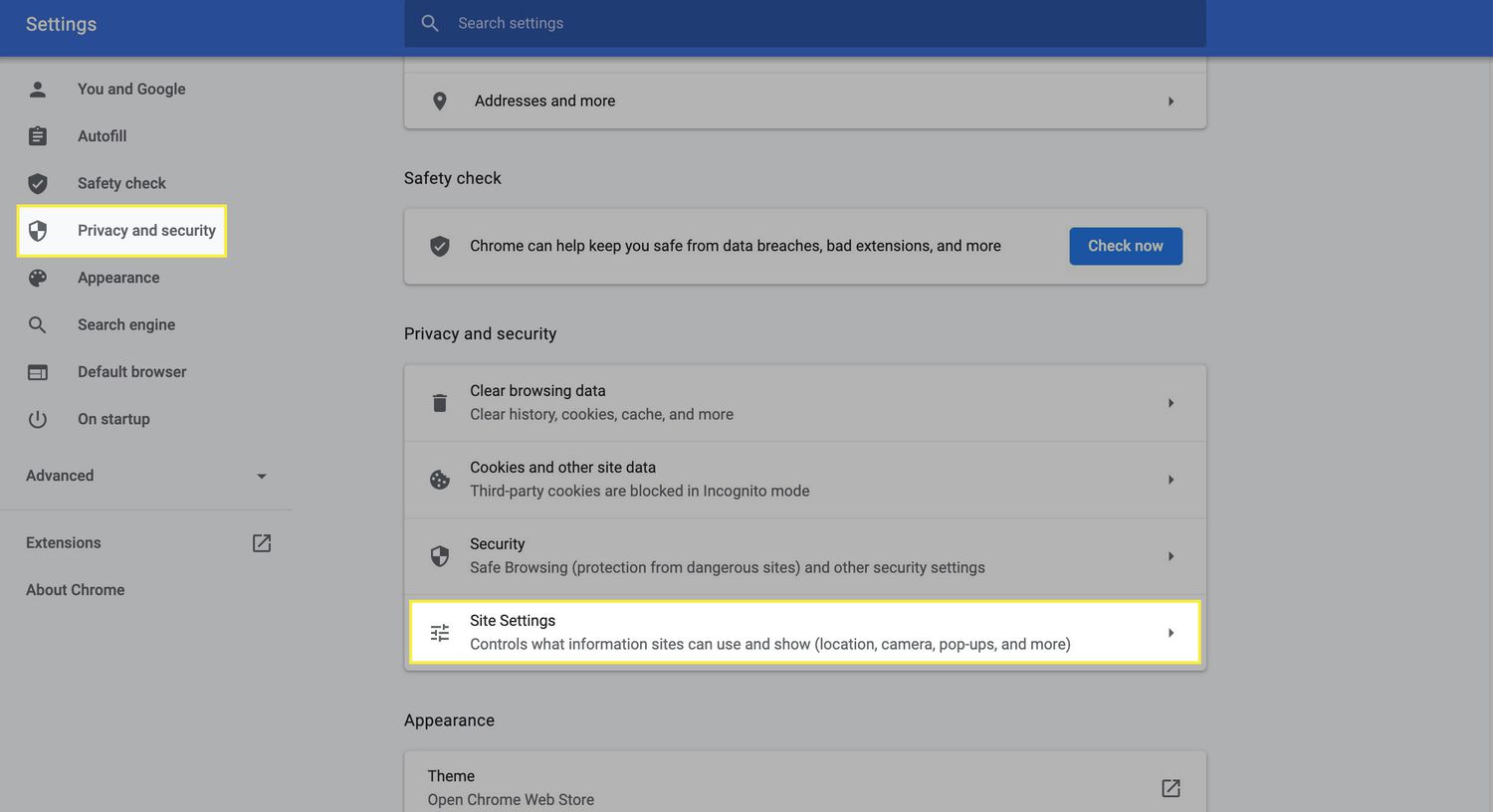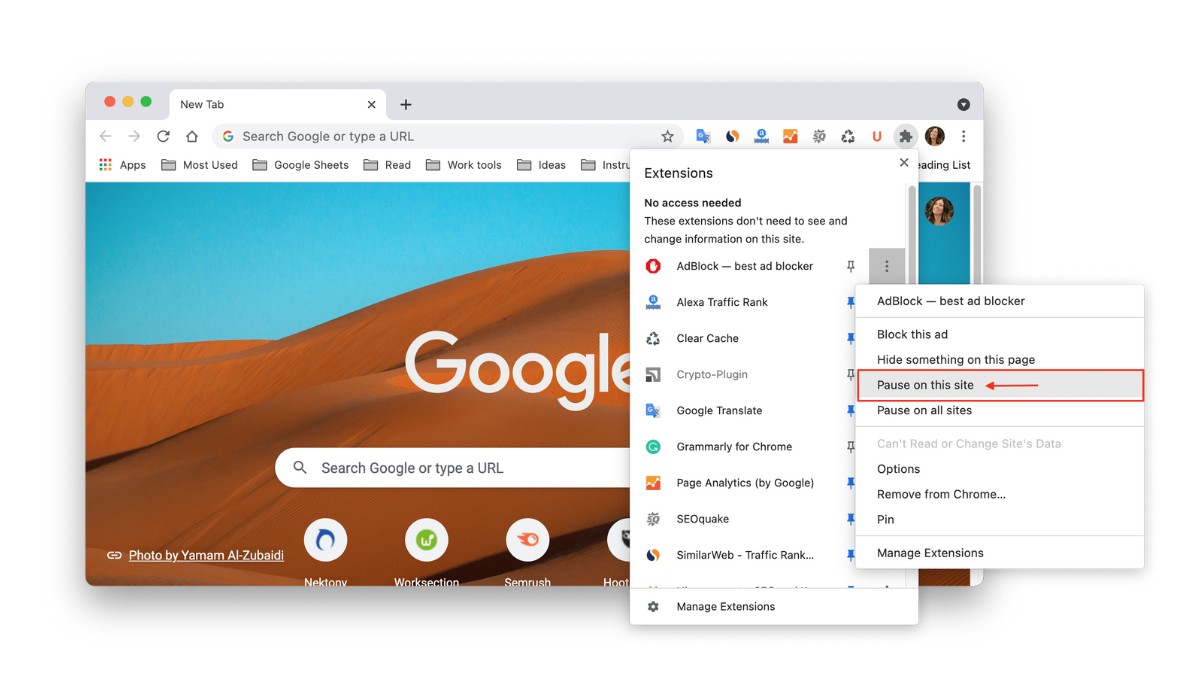Introduction
Welcome to our comprehensive guide on how to disable browser pop-up blockers. Pop-up blockers are a built-in feature in most web browsers today, designed to prevent annoying and potentially harmful pop-up windows from disrupting your browsing experience. While pop-up blockers are useful in keeping you safe from unwanted advertisements and malicious pop-ups, there may be instances where you need to temporarily disable them to allow legitimate pop-ups or access specific website features.
In this article, we will walk you through the steps to disable pop-up blockers in popular web browsers such as Google Chrome, Mozilla Firefox, Safari, Microsoft Edge, Internet Explorer, and Opera. Whether you are encountering difficulties accessing essential information, activating certain website functionalities, or simply want to have more control over your browsing experience, we have got you covered.
Before we dive into the specific instructions, it’s important to note that disabling your pop-up blocker will make you more susceptible to potentially malicious or unwanted pop-ups. It is therefore recommended to only disable the blocker temporarily and to exercise caution while browsing websites you are not familiar with.
Now, let’s explore the reasons why you might want to disable your browser’s pop-up blocker and how to do it in different web browsers.
Reasons to Disable the Pop-up Blocker
While pop-up blockers are generally effective at blocking disruptive and potentially harmful pop-up windows, there are situations where you may need to disable the blocker temporarily. Here are some common reasons why you might consider disabling your browser’s pop-up blocker:
- Accessing important website features: Some websites utilize pop-up windows to display important information or to provide additional functionality. By disabling the pop-up blocker, you can ensure that you don’t miss out on any crucial content or features.
- Allowing legitimate pop-ups: Certain trusted websites may use pop-ups for legitimate purposes, such as displaying login prompts, alerts, or interactive elements. Disabling the blocker enables these pop-ups to appear and lets you interact with them as intended.
- Completing online transactions: When making online purchases or filling out forms, some websites may open pop-up windows for payment processing, address verification, or displaying order details. Temporarily disabling the pop-up blocker can help ensure a smooth transaction process.
- Interacting with learning platforms: Online learning platforms often utilize pop-ups for quizzes, assessments, or additional learning materials. By disabling the pop-up blocker, you can fully engage with the learning content and enhance your educational experience.
- Debugging website issues: Web developers and designers often use pop-ups for debugging purposes. If you encounter a website issue or are assisting with troubleshooting, disabling the blocker can allow error messages or debugging information to appear.
While these are some common reasons to disable the pop-up blocker, it’s important to remember that cautious browsing habits and keeping your browser’s security features enabled are essential in protecting yourself from potentially harmful pop-ups. Now, let’s explore how to disable the pop-up blocker in different web browsers.
How to Disable the Pop-up Blocker in Google Chrome
Google Chrome is one of the most popular web browsers, known for its speed, security, and user-friendly interface. If you are using Google Chrome and need to disable the pop-up blocker, here are the steps:
- Launch Google Chrome on your computer.
- Click on the three vertical dots at the top-right corner of the browser window to open the menu.
- From the menu, select “Settings.”
- Scroll down and click on “Advanced” to expand the advanced settings options.
- Under the “Privacy and security” section, click on “Site settings.”
- Scroll down and click on “Pop-ups and redirects.”
- Toggle the switch next to “Blocked (recommended)” to turn off the pop-up blocker.
- You may also add specific websites to the allowed list by clicking on the “Add” button under the “Allow” section.
Once you have completed these steps, the pop-up blocker in Google Chrome will be disabled. Remember to exercise caution while browsing and consider re-enabling the blocker after you have finished interacting with websites that required pop-ups.
If you encounter any difficulties or prefer visual instructions, you can also access the pop-up blocker settings by typing “chrome://settings/content/popups” in the address bar and hitting Enter.
Now that you know how to disable the pop-up blocker in Google Chrome, let’s move on to Mozilla Firefox.
How to Disable the Pop-up Blocker in Mozilla Firefox
Mozilla Firefox is a popular web browser known for its customizable features and strong privacy options. If you are using Mozilla Firefox and need to disable the pop-up blocker, follow these steps:
- Launch Mozilla Firefox on your computer.
- Click on the three horizontal lines at the top-right corner of the browser window to open the menu.
- From the menu, select “Options.”
- In the Options window, click on “Privacy & Security” in the left-hand sidebar.
- Scroll down to the “Permissions” section.
- Under the “Permissions” section, find the “Block pop-up windows” option.
- Uncheck the box next to “Block pop-up windows” to disable the pop-up blocker.
- Alternatively, you can click on the “Exceptions” button next to the pop-up blocker setting to allow pop-ups on specific websites.
Once you have completed these steps, the pop-up blocker in Mozilla Firefox will be disabled, and you will be able to access and interact with pop-up windows as needed. Remember to exercise caution while browsing and consider re-enabling the blocker after you have finished interacting with websites that required pop-ups.
If you prefer a quicker way to access the pop-up blocker settings, you can simply type “about:preferences#privacy” in the Firefox address bar and hit Enter. This will take you directly to the Privacy & Security section of the Options window.
Now that you know how to disable the pop-up blocker in Mozilla Firefox, let’s move on to Safari.
How to Disable the Pop-up Blocker in Safari
Safari is the default web browser for Apple devices, known for its sleek design and seamless integration with the macOS and iOS ecosystems. If you are using Safari and need to disable the pop-up blocker, follow these steps:
- Open Safari on your Mac or iOS device.
- In the Safari menu bar, click on “Safari” and select “Preferences” from the drop-down menu.
- In the Preferences window, click on the “Websites” tab.
- On the left-hand sidebar, click on “Pop-up Windows.”
- Make sure the box next to “Block pop-up windows” is unchecked to disable the pop-up blocker.
- You can also customize the pop-up behavior for specific websites by selecting them from the list and choosing the desired option from the drop-down menu.
Once you have completed these steps, the pop-up blocker in Safari will be disabled, and you will be able to access and interact with pop-up windows as needed. Remember to exercise caution while browsing and consider re-enabling the blocker after you have finished interacting with websites that required pop-ups.
If you are using Safari on iOS, the process to disable the pop-up blocker is similar. Simply go to the “Settings” on your iOS device, scroll down and tap on “Safari,” then make sure the switch next to “Block Pop-ups” is off.
Now that you know how to disable the pop-up blocker in Safari, let’s move on to Microsoft Edge.
How to Disable the Pop-up Blocker in Microsoft Edge
Microsoft Edge is the default web browser for Windows 10 and offers a range of features and performance improvements. If you are using Microsoft Edge and need to disable the pop-up blocker, follow these steps:
- Open Microsoft Edge on your computer.
- Click on the three horizontal dots at the top-right corner of the browser window to open the menu.
- From the menu, select “Settings.”
- In the Settings menu, click on “Privacy, search, and services” in the left-hand sidebar.
- Scroll down to the “Security” section.
- Under the “Security” section, find the “Block pop-ups” option.
- Toggle the switch next to “Block pop-ups” to turn it off and disable the pop-up blocker.
- You can also manage exceptions by clicking on the “Manage exceptions” button below the pop-up blocker setting.
Once you have completed these steps, the pop-up blocker in Microsoft Edge will be disabled, allowing pop-up windows to appear and function as intended. Remember to exercise caution while browsing and consider re-enabling the blocker after you have finished interacting with websites that required pop-ups.
Microsoft Edge also offers an alternate method to access the pop-up blocker settings by typing “edge://settings/content/popups” in the address bar and pressing Enter.
Now that you know how to disable the pop-up blocker in Microsoft Edge, let’s move on to Internet Explorer.
How to Disable the Pop-up Blocker in Internet Explorer
Despite its declining popularity, Internet Explorer is still used by some users, especially in older Windows operating systems. If you are using Internet Explorer and need to disable the pop-up blocker, follow these steps:
- Open Internet Explorer on your computer.
- Click on the gear icon at the top-right corner of the browser window to open the Tools menu.
- From the Tools menu, select “Internet Options.”
- In the Internet Options window, go to the “Privacy” tab.
- Under the “Pop-up Blocker” section, click on the “Settings” button.
- In the Pop-up Blocker Settings window, you can turn off the pop-up blocker by selecting “Turn off Pop-up Blocker” and then clicking “OK.”
- You can also add specific websites to the allowed list by entering their URLs in the “Address of website to allow” box and clicking “Add” and “Close.”
Once you have completed these steps, the pop-up blocker in Internet Explorer will be disabled, allowing pop-up windows to appear and function as intended. Exercise caution while browsing and consider re-enabling the blocker after you have finished interacting with the websites that required pop-ups.
It’s worth noting that Internet Explorer is being phased out by Microsoft in favor of Microsoft Edge. Upgrading to Microsoft Edge or using alternative modern web browsers is recommended for better security, performance, and compatibility with modern web technologies.
Now that you know how to disable the pop-up blocker in Internet Explorer, let’s move on to Opera.
How to Disable the Pop-up Blocker in Opera
Opera is a popular web browser known for its speed, security features, and customization options. If you are using Opera and need to disable the pop-up blocker, follow these steps:
- Open Opera on your computer.
- Click on the Opera logo at the top-left corner of the browser window to open the main menu.
- From the menu, hover over “Settings” and select “Preferences” from the submenu.
- In the Preferences window, click on the “Websites” tab.
- Under the “Pop-ups” section, uncheck the box next to “Block pop-ups” to disable the pop-up blocker.
- You can also manage exceptions by clicking on the “Manage exceptions” button and adding specific websites to the list.
Once you have completed these steps, the pop-up blocker in Opera will be disabled, allowing pop-up windows to appear and function as intended. Remember to exercise caution while browsing and consider re-enabling the blocker after you have finished interacting with websites that required pop-ups.
Opera also provides a convenient option to temporarily disable or enable the pop-up blocker on a per-site basis. When you visit a website with blocked pop-ups, a small icon in the address bar allows you to easily toggle the pop-up blocker for that specific site.
Now that you know how to disable the pop-up blocker in Opera, you have the necessary knowledge to manage pop-up settings across different web browsers.
Conclusion
In this comprehensive guide, we have shown you how to disable the pop-up blocker in popular web browsers such as Google Chrome, Mozilla Firefox, Safari, Microsoft Edge, Internet Explorer, and Opera. While pop-up blockers are useful in preventing unwanted and potentially harmful pop-ups, there are occasions where you may need to disable them temporarily to access specific website features or allow legitimate pop-ups.
We explored the reasons why you might want to disable the pop-up blocker, including accessing important website features, allowing legitimate pop-ups, completing online transactions, interacting with learning platforms, and debugging website issues.
We provided step-by-step instructions for disabling the pop-up blocker in each browser, highlighting the necessary settings and options. From Google Chrome’s advanced settings menu to Safari’s preferences and Internet Explorer’s pop-up blocker settings, we covered the procedures to ensure you can easily disable the blocker when needed.
Remember, while disabling the pop-up blocker can be beneficial in certain situations, it is important to exercise caution while browsing and re-enable the blocker after you have finished interacting with websites that required pop-ups.
By following the guidelines in this article, you now have the knowledge and tools to effectively manage your pop-up blocker settings and tailor your browsing experience based on your needs and preferences.










